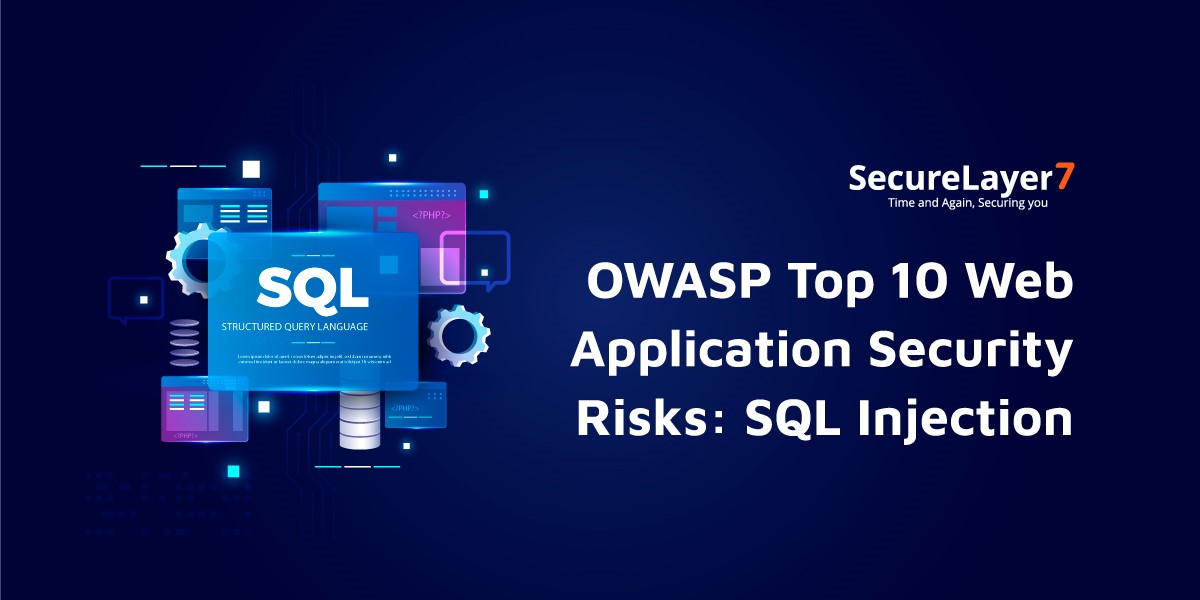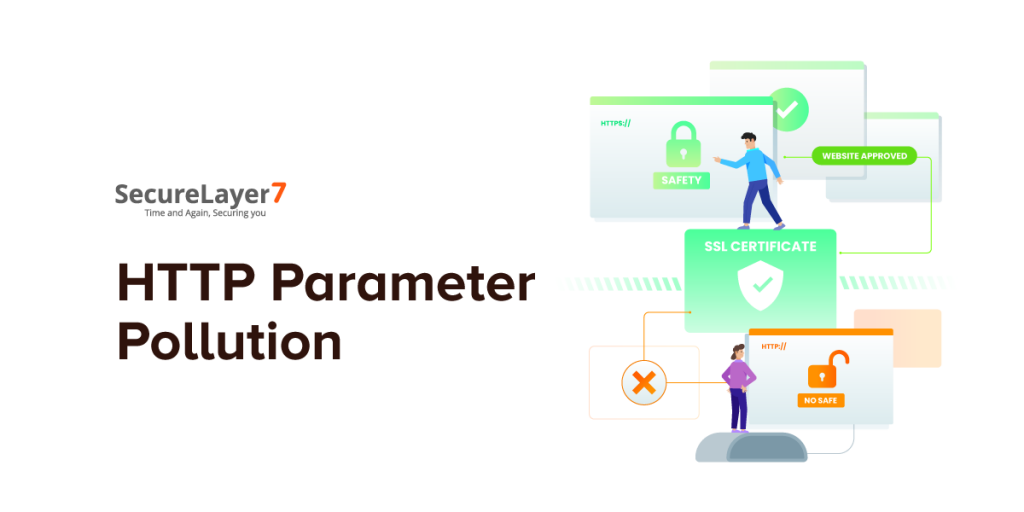
OWASP Top 10: SQL Injection Attack & Exploiting SQL Injection
April 19, 2023
An Overview: Red Team Vs Blue team – Securelayer7
April 24, 2023
Welcome to the dark world of cybercrime. It is where attackers use HTTP Parameter Pollution (HPP) to hijack web applications and steal sensitive information. This attack technique is rapidly gaining popularity among hackers and poses a significant threat to website security.
In this piece, we’ll examine HPP’s effects and offer corrective measures to stop this kind of assault. Pollution of HTTP Parameter Effects Web apps may suffer significant effects because of HPP attacks.
What is HTTP Parameter Pollution?
A web application flaw called HTTP Parameter Pollution (HPP) opens the door to a number of assaults. It is a vulnerability in which a hacker appends extra parameters to an HTTP request. It makes a website perform unexpected behavior.
You can observe this vulnerability on either the client side or the server side.
Client-Side HPP
This vulnerability allows attackers to inject and modify parameters into a URL to create effects on the client side.
Below is an example of how this vulnerability. It could theoretically could be used to send a private invite form to an unexpected recipient.
http://vulnerablesite/invite.do?user=4000%26action=new_invite%26user=4001
Server-Side HPP
In this vulnerability, the server will perform its functions based on the parameters (and values of those parameters) you send. In fact, it’s pretty simple to understand.
For example,
http://vulnerablesite/transfer?from=456&to=1010&amount=1000&from=789
Impact of HTTP Parameter Pollution
HPP attacks can have serious consequences for web applications. Here are some of the most common types of attacks that associates with HPP.
- Session hijacking: Attackers can use HPP to steal session tokens or cookies. It give them unauthorized access to sensitive user data.
- Cross-site scripting (XSS): HPP can help to bypass input validation checks and execute malicious code, which can result in XSS attacks.
- SQL injection: HPP can also help to manipulate SQL queries and inject malicious code into a web application’s database, which can result in data theft or data manipulation.
- Access control bypass: HPP can help to bypass access controls and gain unauthorized access to restricted areas of a web application.
Remediation Techniques for HTTP Parameter Pollution
There are several remediation techniques that web application developers can use to prevent HPP attacks:
- Use POST requests instead of GET requests: POST requests do not allow multiple parameters with the same name, making it harder for attackers to manipulate parameters.
- Validate input parameters: Check for the presence of unexpected characters in input parameters and sanitize them if necessary.
- Use parameter naming conventions: Use unique parameter names that are unlikely to be duplicated or manipulated.
- Use a web application firewall (WAF): A WAF can help detect and prevent HPP attacks by analyzing incoming requests and blocking malicious ones.
Use POST requests instead of GET requests
One of the easiest ways to prevent HPP attacks is to use POST requests instead of GET requests.
POST requests do not allow multiple parameters with the same name, which makes it much harder for attackers to manipulate parameters.
However, POST requests require more server resources than GET requests, so they may not be appropriate for all types of web applications.
Validate input parameters
Another way to prevent HPP attacks is to validate input parameters. Web application developers can check for the presence of unexpected characters in input parameters and sanitize them if necessary.
For example, if a web application is expecting a numerical value, developers can validate that the input is indeed a number and reject the input if it contains unexpected characters.
Use parameter naming conventions
Developers can also prevent HPP attacks by using unique parameter names that are unlikely to be duplicated or manipulated.
For example, instead of using generic parameter names like “id,” developers can use more specific names like “product_id” or “user_id.”
Use a web application firewall (WAF)
Finally, developers can use a web application firewall (WAF) to prevent HPP attacks. A WAF is a security tool that analyzes incoming requests and blocks malicious ones.
WAFs can detect HPP attacks by analyzing the parameters of incoming requests and looking for anomalies or patterns that suggest an attack.
Conclusion
HTTP Parameter Pollution (HPP) is a serious web application vulnerability that can lead to various types of attacks, including session hijacking, cross-site scripting (XSS), and SQL injection.
To prevent HPP attacks, web application developers can use a combination of techniques, including using POST requests instead of GET requests, validating input parameters, using parameter naming conventions, and using a web application firewall (WAF).
By following these best practices, developers can help protect their web applications against HPP attacks and keep user data safe.
One effective way to achieve this is by leveraging the expertise of SecureLayer7, a leading cybersecurity firm that specializes in web application security. We offer a range of services, including web application security assessments, penetration testing, and web application firewall implementation, to help businesses protect their web applications against HPP and other web application vulnerabilities.
Don’t wait to get started – contact SecureLayer7 today to secure your web applications and keep your users’ data safe.